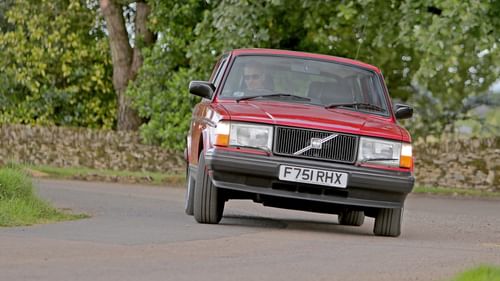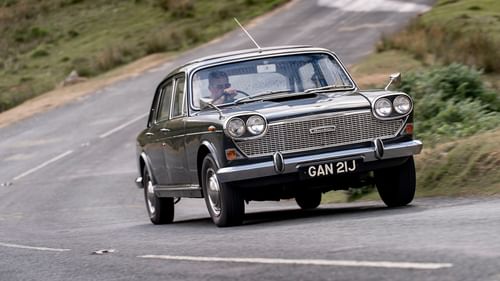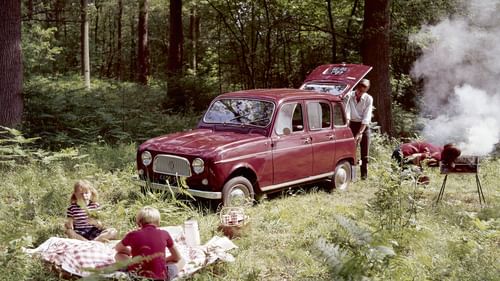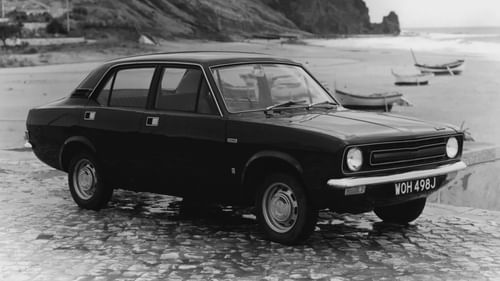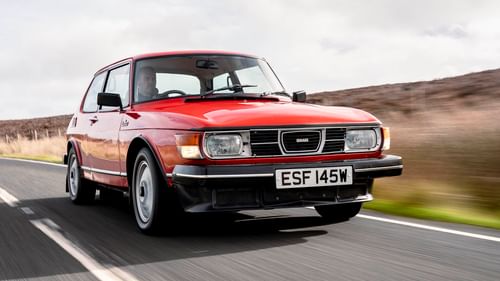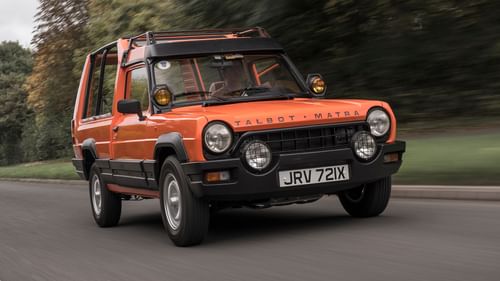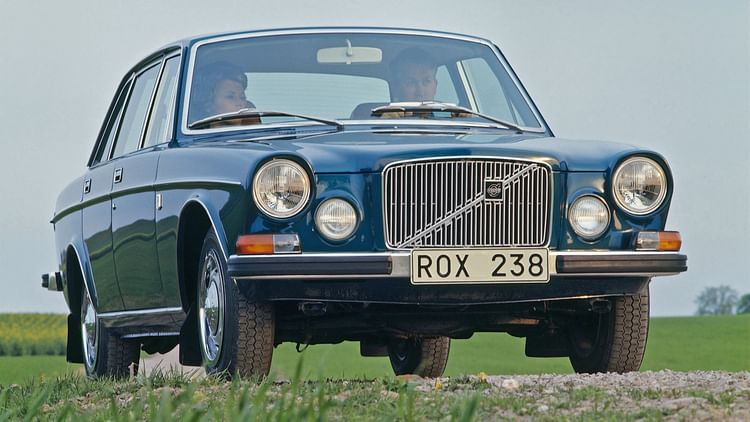
As George Foreman might say, you can achieve a lot with a grille. Admittedly, he’d be speaking about his Lean Mean Fat-Reducing Grilling Machines, but it’s fair to say that a grille can make or break a car’s appearance.
It’s long been accepted that a bigger grille is a sign of prestige: a touch of class designed to appeal to the likes of Hyacinth Bucket (pronounced ‘Bouquet’, if you please) and those hoping to stay one step ahead of the Joneses. Where would the Vanden Plas version of the Allegro be without its Bentley-esque grille?
Six years before the Vanden Plas 1500 made its grand entrance, Volvo launched the 164. Like BL’s aristocratic Allegro, the 164 was based on something less grandiose, in this case the 140 series, launched in 1966. From the back, the 144 and 164 looked almost identical, but things were very different up front, where chief designer Jan Wilsgaard gave the luxury saloon a snout worthy of its flagship status.
It doesn’t take a big leap of imagination to visualise the 164 with badge from a British manufacturer. Remove the Volvo logo and diagonal line, stick an illuminated Wolseley badge in the middle, and you’ve got a luxury car fit for the gravel driveways and manicured lawns of the home counties. Hardly surprising given Wolseley’s influence on the Wilsgaard-penned project 358. Stick a 164 alongside a 6/99 or 6/110 – the last of the proper big Wolseley cars – and it’s like they’re brothers from a different mother. The 358 was conceived as a large four-door saloon with a V8 engine, but the project was canned in 1960 when research suggested that American buyers were downsizing to smaller cars. It did, however, play a significant role in the development of the 164, not least the prominent grille, circular headlights and position of the recesses for two additional lights (fog lights became standard for most markets in 1970).
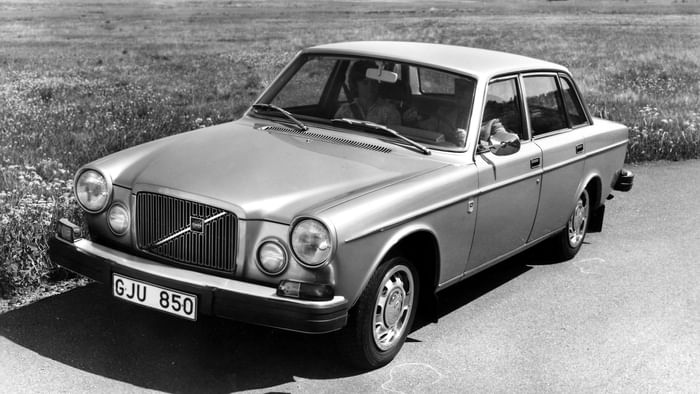
Lurking behind that Wolseley-like grille was a new 2979cc straight-six (B30) engine developing 145bhp. It was essentially a development of the B20 1986cc four-cylinder twin-carb engine found in the 140, with the same bore, stroke and head design, along with the same crank and camshafts, albeit stretched to handle six cylinders instead of four. Car and Driver called it a ‘Swedish rocket sled’, pointing to the fact that it was a second faster to 60mph than a Mercedes-Benz 250, and quicker through the quarter-mile than an Oldsmobile 98 with a 455 cubic-inch V8. Bosch D-Jetronic fuel injection was introduced for the 1972 model year, increasing the power to 175bhp, and reducing the 0-60mph time to around 8.5 seconds. This makes the 164E the most desirable version, if you can live with the understeer and prodigious thirst. Better still, the 164TE, built for the British, German and Australian markets, featured an automatic transmission, air-con, a four-speaker 8-track system, headlight wash/wiper, rear head restraints, reading lights, carpeted boot and metallic paint options. The TE was introduced in 1974 and was the first Volvo to feature a radio/cassette as standard.
Volvo and Wilsgaard certainly hit the high notes with the 164; the luxury saloon embodies the Norwegian designer’s motto of ‘simple is beautiful’. It’s a shame, then, that the 164 is the oft-forgotten member of the luxury saloon club, overshadowed by Mercedes-Benz and Jaguar in Europe and Buick and Oldsmobile in the States. As Car and Driver said in 1969, it was ‘a more expansive, faster and more plush 144. Inside and out, it is a car that is strongly based on the 144, but it has its very own personality.’ A total of 146,008 sales is a decent return for a slightly longer 144 with a six-pot engine and a luxury interior. It just goes to prove that a grille can work wonders when one is intent on keeping up appearances.
This article first appeared in issue 30 of Classic.Retro.Modern. magazine.
